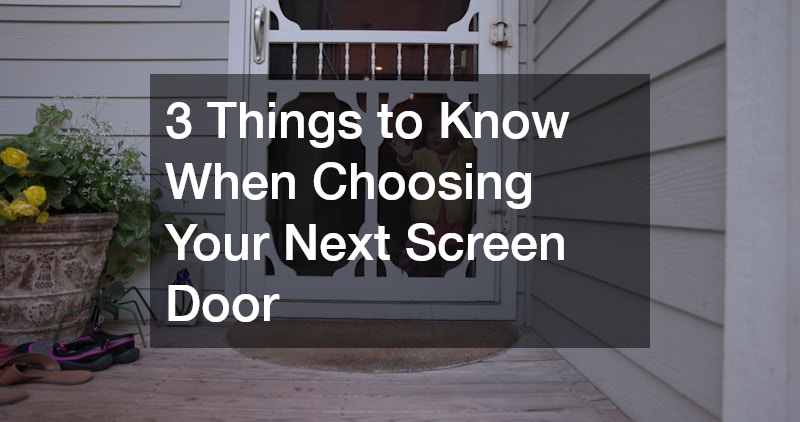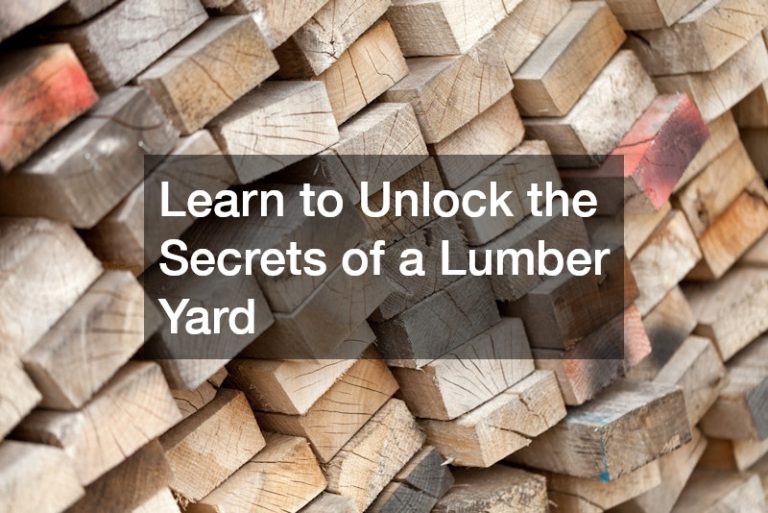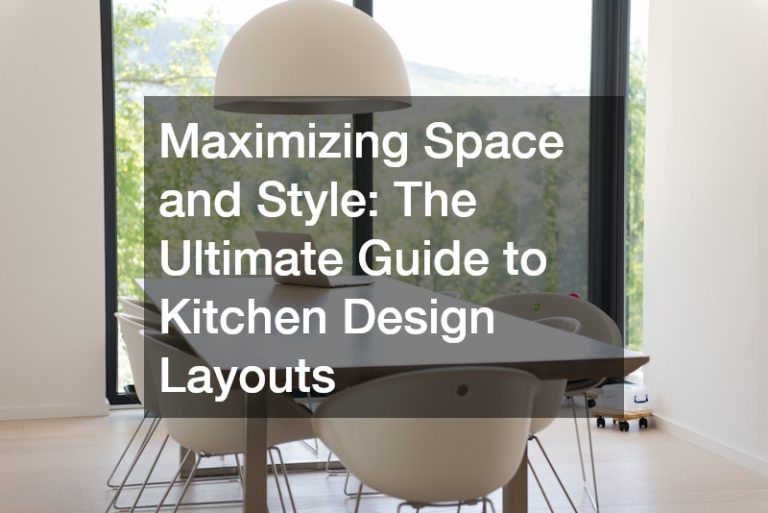
A screen door is more than just an accessory—it’s a practical addition that enhances airflow, boosts security and keeps unwanted pests at bay. Whether you’re renovating or replacing an old fixture, the right screen can significantly improve your home’s comfort and appeal. With countless options available across styles, materials and functions, it’s essential to choose wisely.
Here are three key factors to consider when selecting your next screen.
Understand the Purpose of Your Screen
The first step is understanding what you want your screen door to achieve. Not all screens are designed equally and the ideal choice will depend on your lifestyle and the layout of your home. For instance, if you’re primarily looking to maximise ventilation, a standard hinged screen with a mesh insert will do the job effectively. These are often used on front or back entrances to allow air circulation while preventing insects from entering.
If security is a major concern, especially for homes with children or in high-traffic areas, then a security screen may be the better option. These models are reinforced with steel or aluminium frames and offer greater resistance against forced entry. Some even include triple-locking mechanisms and tamper-proof hinges to give homeowners peace of mind.
Homeowners who prioritise aesthetics might prefer decorative screens that blend seamlessly with the façade of their home. These are available in a variety of designs and powder-coated finishes to match different architectural styles. Understanding your primary objective will narrow down your choices and help you avoid investing in features you may not need.
Choose the Right Material for Your Home and Climate
The material of your screen plays a significant role in both its durability and maintenance needs. Aluminium is one of the most common materials used, thanks to its lightweight construction and resistance to corrosion. It’s an ideal choice for homes in coastal regions or high-humidity areas where rust could become an issue. Aluminium doors often feature powder-coated finishes that not only enhance longevity but also allow for custom colour options.
Steel, on the other hand, is stronger and more durable, making it a popular option for security screens. While steel offers superior protection, it may be prone to rust if not properly maintained. Look for galvanised or stainless-steel varieties to counteract this issue, particularly if you’re in a wetter climate.
Timber screen remain a classic choice, offering a warm and natural look. However, they require more upkeep than metal options. Exposure to the elements can cause timber to warp or crack over time if not regularly sealed and painted. For those who value charm and don’t mind a bit of maintenance, a wooden screen adds character and curb appeal.
The mesh component should not be overlooked either. Fibreglass mesh is commonly used due to its flexibility and affordability, but stainless steel mesh provides greater strength and is less likely to tear or sag. In bushfire-prone areas, it’s important to select a mesh that meets BAL (Bushfire Attack Level) standards to ensure your screen complies with safety regulations.
Consider Functionality and Installation Requirements
Beyond appearance and materials, a screen must function properly and suit your specific entryway. Some homes may benefit from a sliding screen, especially where space is limited. These are typically used on patios or balconies and are a practical solution for areas that cannot accommodate a swinging door.
Hinged screens are more traditional and tend to be the go-to option for front or back entrances. Ensure the hinges, handles and locking systems are high-quality and aligned with the security level you require. A poorly installed or misaligned door can lead to gaps, making it ineffective at keeping out bugs and compromising your home’s energy efficiency.
It’s also worth considering whether you want a DIY option or professional installation. While many screens are sold as easy-to-assemble kits, accurate measurement and fitting are crucial to ensure long-term performance. A professionally installed door may offer a better seal and improved durability, especially for more complex installations involving uneven frames or unusual doorway shapes.
Choosing the right screen is about more than just appearance—it’s about making a smart investment in your home’s functionality, comfort and security. By identifying your needs, selecting the appropriate materials for your climate and considering how the door will function in your space, you’ll be well-equipped to make an informed decision. Whether you want better airflow, enhanced safety or a stylish upgrade, the right screen door will serve as a reliable gateway between your indoor and outdoor spaces.
.



